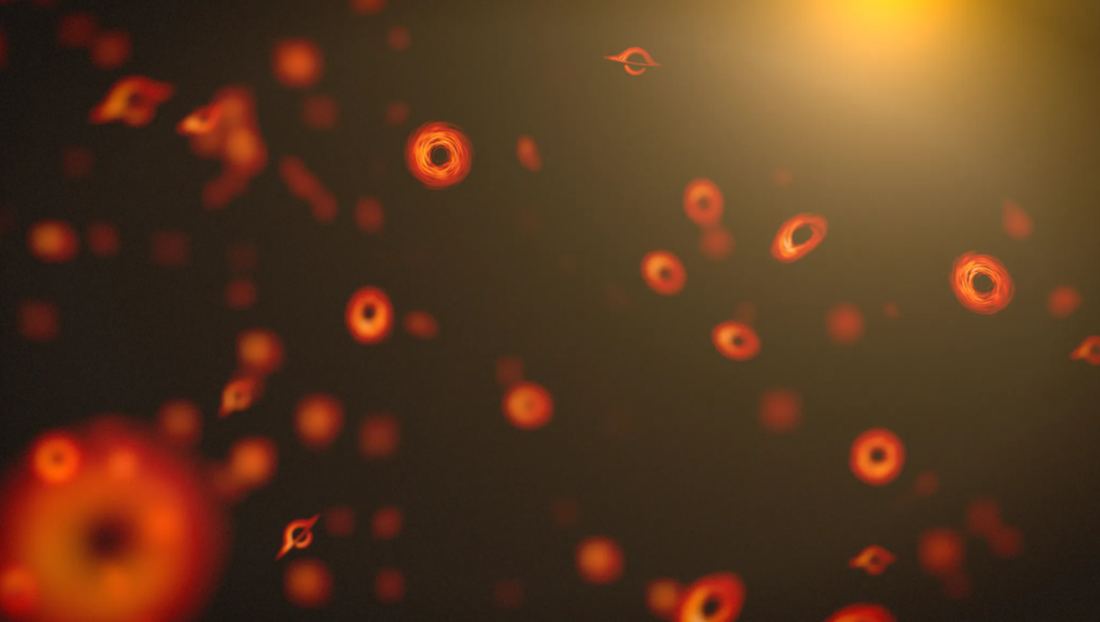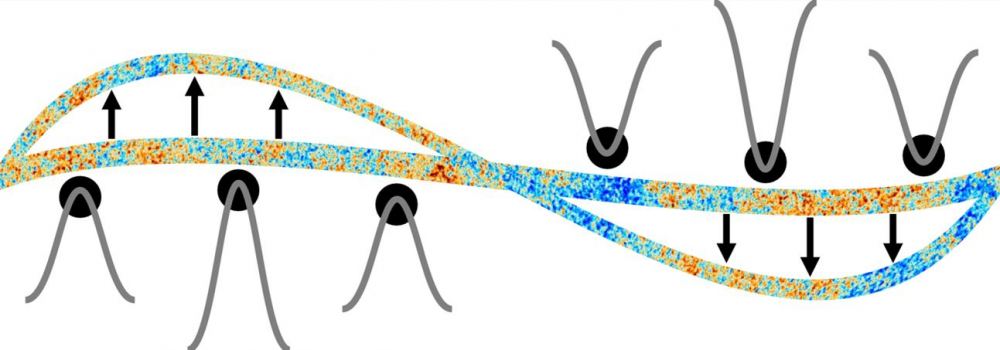The early Universe was a strange place. Early in its history—in the first quintillionth of a second—the entire cosmos was nothing more than a stunningly hot plasma. And, according to researchers at the Massachusetts Institute of Technology (MIT), this soup of quarks and gluons was accompanied by the formation of weird little primordial black holes (PHBs). It’s entirely possible that these long-vanished PHBs could have been the root of dark matter.
Continue reading “A New Way to Prove if Primordial Black Holes Contribute to Dark Matter”A New Way to Prove if Primordial Black Holes Contribute to Dark Matter










